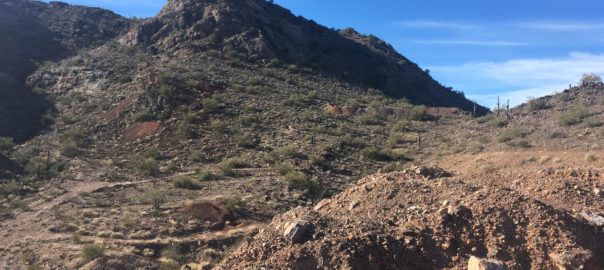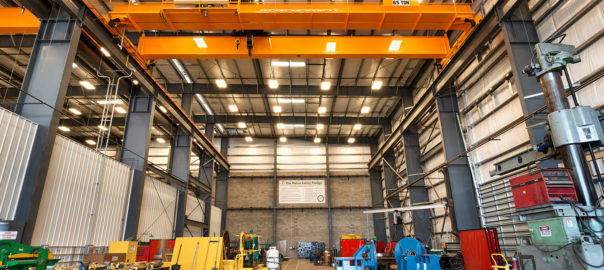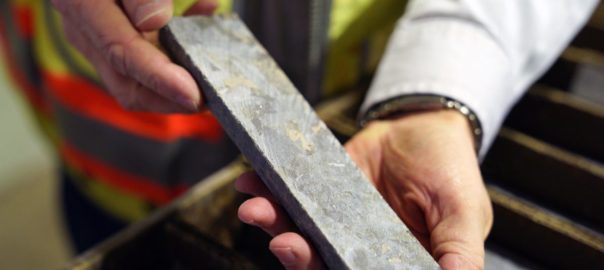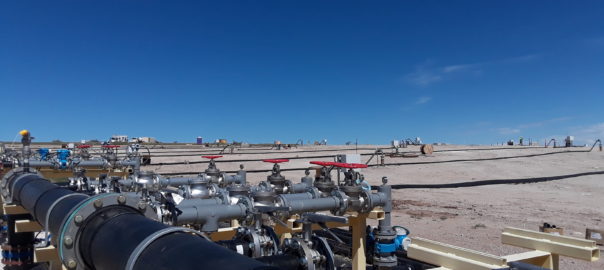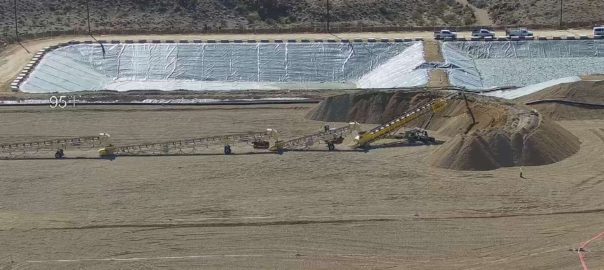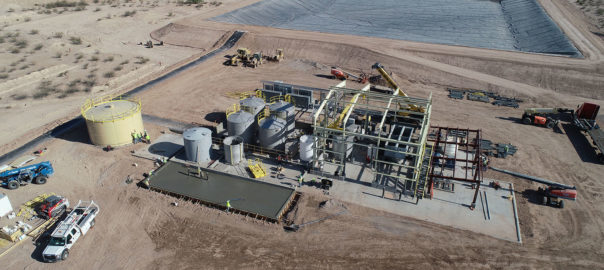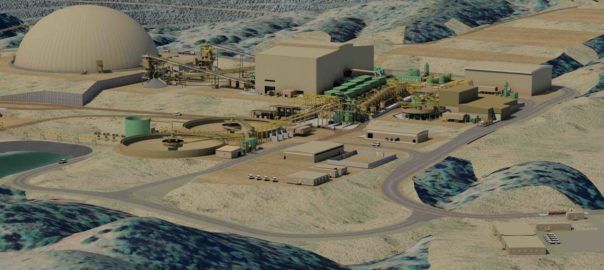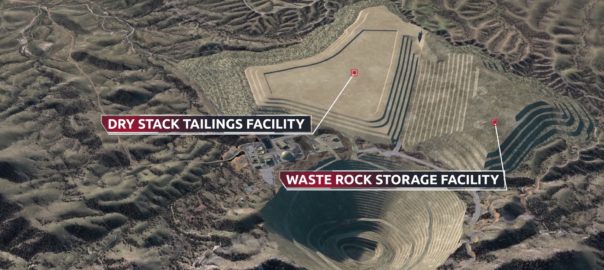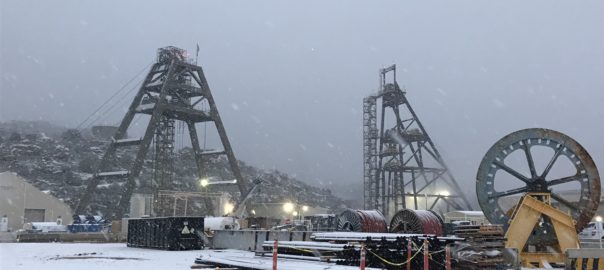5D Mining & Construction Inc is to build the heap leach pad for the Bonanza Harquahala mine, in Arizona, USA, after signing a contract with project owners Tombstone Exploration and Goldrock Resources.
Phase One construction of the Bonanza heap leach project is anticipated to start on or about May 25, with full project completion expected by mid-September, Tombstone Exploration and Goldrock Resources said.
The news comes just a month after the project, owned 40% by Tombstone and 60% by Goldrock, was signed off for construction by the Arizona Department of Environmental Quality.
The contract will see 5D supply labor, equipment and materials to perform all of the civil work and liner installation for phase one, the companies said.
“We are now moving into the construction phase of the leach pad with an estimated completion of the construction within 12 to 16 weeks,” Tombstone CEO and President, Alan Brown, said. “Once the construction is complete, we will start moving an estimated 500,000 t onto the leach pad and begin an estimated six- to eight-month processing period for all of the mined material in Phase One. Once leaching has started, bi-weekly delivery of the carbon to our designated gold processing facility is expected.”
Based on past metallurgical testing, production is budgeted at 23,000 oz of gold with potential for more, according to Brown.
Bonanza Manager, Todd Fayram, said he was “highly confident” in the company’s test results and expected first gold pour in mid- to late-September.
Phase Two, currently under consideration, includes a much bigger package where the owners have potentially identified 150,000-300,000 oz of gold in defined underground targets in and around the old Harquahala mine with significant upside potential, they said.
The 5D contract for construction for this first phase of the Bonanza Heap Leach Project includes all survey work required for layout and grading, debrushing the work area, demolishing obstructing concrete structures, relocating and stockpiling the existing tailings, mass grading for the pregnant leach solution pond and leach pad, all trenching and backfill for the liner anchor trench, fine grading for the liner, installation of the liner and perforated drain pipe, including required support work.
5D has provided work for some of the largest companies in the world, including BHP, Capstone Mining Corp, Freeport-McMoRan, Grupo Mexico and many others.
Brown said: “This construction agreement is another significant milestone for Tombstone. After careful deliberation, we are pleased to name 5D – a highly recognised construction company – as our partner to execute the first phase of the Bonanza heap leach project.”







